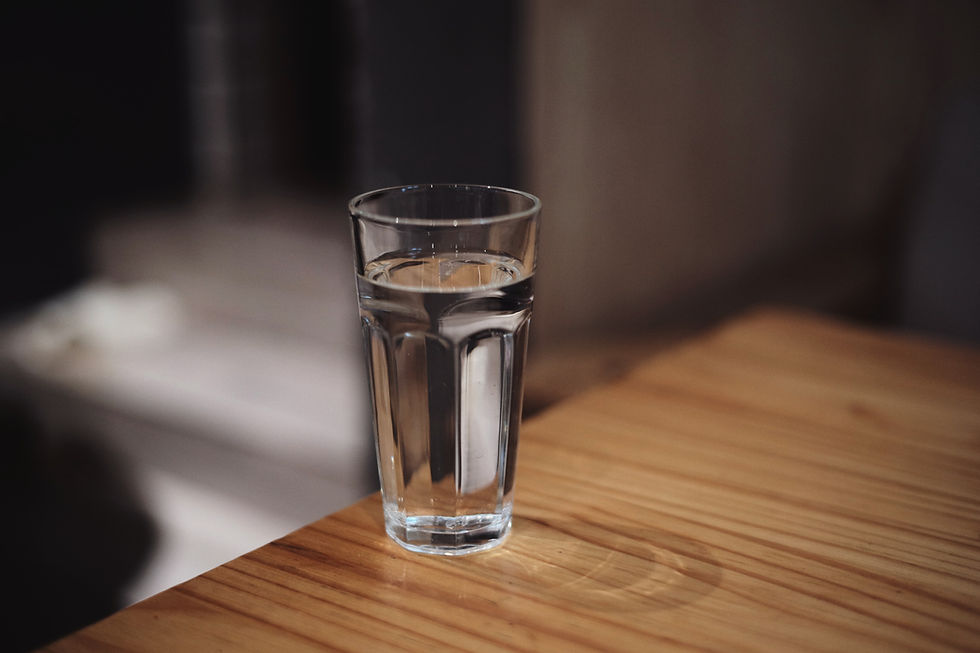Hyperpigmentation After Summer Holidays: Why It Happens and How We Treat It at Opalesce
- Thomas Walker
- Sep 12
- 3 min read
Holidays are all about relaxation, sunshine, and creating lasting memories. But while your skin might return from summer holidays with a golden glow, many people notice that, as their tan fades, unwanted pigmentation begins to surface. Patches of uneven tone, dark spots, or melasma can suddenly appear more visible, leaving skin looking tired and uneven.
At Opalesce Skin Clinic, we see a surge in clients seeking solutions for pigmentation after summer, and for good reason, prolonged sun exposure is one of the most powerful triggers for excess melanin production. In this blog, we’ll explain why hyperpigmentation happens after holidays, and how our professional treatments can restore clarity and balance to your skin.

Why Does Hyperpigmentation Appear After Summer?
Hyperpigmentation is caused by an overproduction of melanin, the pigment that gives skin its colour. Melanin acts as your body’s natural sunscreen, protecting cells from UV damage. When your skin is exposed to prolonged sunlight, melanocytes (pigment-producing cells) go into overdrive, leading to dark patches or uneven tone.
During summer holidays, this process is heightened by direct, intense sun exposure, whether from lounging by the pool, exploring outdoors, or simply spending more time outside. Even with SPF, heat, humidity, and repeated exposure can cause flare-ups of pigmentation, especially in those predisposed to melasma or post-inflammatory hyperpigmentation.
Once the tan fades, these darker areas remain, making them more obvious against your natural complexion.
Types of Pigmentation Triggered by Sun Exposure
Not all pigmentation is the same. After summer, we commonly see:
Sun spots (solar lentigines): Flat brown patches caused by long-term UV exposure, often on the face, chest, and hands.
Melasma: Hormonal pigmentation that worsens with sun exposure, appearing as symmetrical brown or grey patches on the face.
Post-inflammatory hyperpigmentation (PIH): Dark marks left behind after acne or skin irritation, which can be intensified by sun exposure.
Understanding which type of pigmentation you have is essential, as treatment approaches differ. This is why we always begin with a personalised consultation to assess your skin properly.
Why At-Home Products Often Aren’t Enough
While high-street brightening serums may promise quick fixes, most pigmentation sits deeper in the skin than these products can reach. Ingredients like vitamin C or niacinamide can help improve surface brightness, but they rarely address pigmentation at its source.
This is where professional treatments and medical-grade skincare make the biggest difference. At Opalesce, we combine evidence-based solutions with expert guidance, ensuring you see meaningful and lasting results rather than temporary improvement.

How We Treat Hyperpigmentation at Opalesce
Our approach to treating pigmentation is always personalised. Depending on the type, severity, and depth of your pigmentation, we may recommend one or a combination of the following treatments:
Chemical Peels for Brightening and Renewal
Chemical peels help to resurface the skin, shedding damaged outer layers while encouraging fresh, evenly toned skin to appear. They’re especially effective for sun spots and uneven texture.
Microneedling with Radiofrequency for Deeper Repair
This treatment stimulates collagen production and helps break up uneven pigment distribution while strengthening the skin from within. It’s particularly useful for stubborn pigmentation or clients dealing with both texture and tone concerns.
Medical-Grade Skincare for Daily Support
We prescribe tailored skincare plans featuring active ingredients such as retinoids, azelaic acid, and kojic acid. These work on a cellular level to regulate melanin production and improve results between treatments.
The right combination depends on your skin type and goals, which is why professional assessment is key.
Protecting Against Future Pigmentation
Treatment is only half the story. Preventing pigmentation from recurring is just as important. Daily sunscreen is non-negotiable, even in autumn and winter, as UVA rays remain constant year-round. Pairing SPF with antioxidant protection further reduces the risk of pigmentation coming back.
We also work with clients to build sustainable habits and seasonal routines that strengthen the skin barrier and protect against environmental stressors. You can read more about our patient-first approach on our About page.
Why a Consultation is the Best First Step
Hyperpigmentation is one of the most stubborn skin concerns, and no two cases are exactly alike. A professional consultation ensures we fully understand your skin, identify the exact type of pigmentation, and recommend a plan that delivers safe and effective results.
Many of our clients find that just having a clear plan takes away the frustration and confusion that comes with trying product after product at home.

Ready to Restore Balance After Summer?
If your summer holiday has left behind more than just memories and you’re struggling with stubborn pigmentation, you’re not alone, and you don’t have to tackle it without guidance. With the right treatments and professional support, it’s possible to regain clarity, confidence, and radiance in your skin.
Take the first step today by booking your consultation online. At Opalesce Skin Clinic, we’ll work with you to create a personalised treatment plan designed to tackle post-summer pigmentation and protect your skin for the future.



Comments